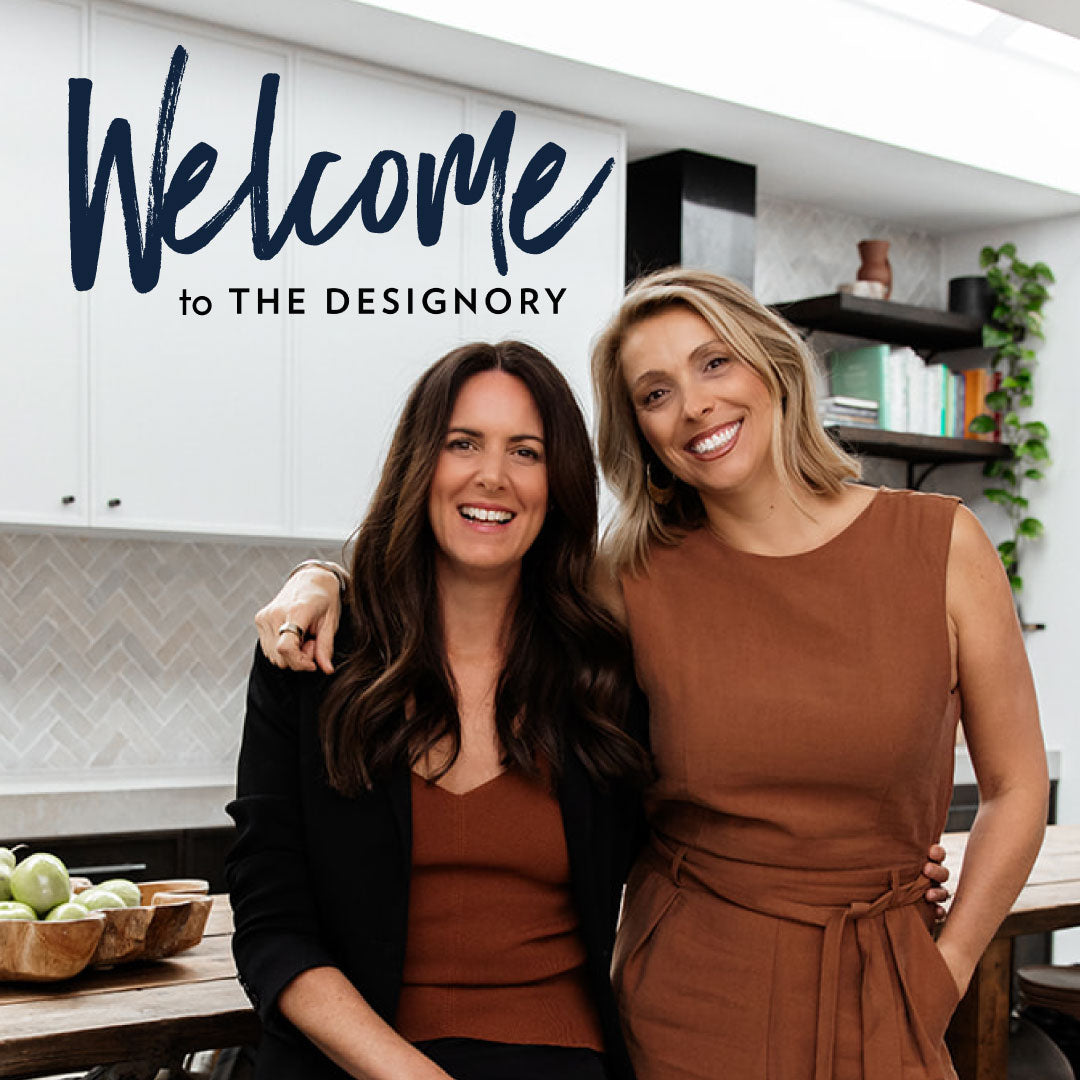Designer's Edit: Eco Friendly and Socially Responsible Products

1. Loughlin Furniture: In union with timber suppliers they are committed to our forests, our community and our future. They source a proportion of timber from private native forests with the balance procured from NSW State Forestry, which is certified under the Australian Forestry Standards Chain of Custody. Their supply chains insist that all timber produced from these forests is done so under the principles of Ecologically Sustainable Forest Management, a system developed to sustain the full range of commercial and conservation values of the natural forest diversity within ecological limits, for current and future generations. To read more about their commitment to sustainability, read this meet the maker with Loughlin Furniture here. Harrington Armchair pictured here.
2. Robert Gordon Carousel Cup: Did you know that takeaway coffee cups are not recyclable? What on Earth can we do?? Help save the planet one coffee at a time and use Robert Gordon’s Carousel cups instead. Made from high fired stoneware and glazed. Robert Gordon creates Australian made pottery collections. They recycle the unused clay from production and make it into slip or it’s milled.
3. Swell Water Bottle: Inspired by nature, the Elements Collection features a shiny, high-gloss finish that mimics the lustre and sheen of organic materials culled from ancient quarries. Each bottle is one-of-a-kind, just like the individual who carries it. This bottle will help to reduce your plastic consumption, just remember to carry it around with you throughout the day to quench your thirst!
4. Seljak Blankets: The founders of this company are two sisters who imagine a world without waste. They’re finding new ways of making and using beautiful things that are regenerative by design. Seljak Brand launched in March 2016 and has since worked towards accelerating the transition towards more circular economy. They work with Australia’s oldest mill in Tasmania and a 92-year-old weaving mill in Lithuania to weave recycled wool blankets that are closed loop. The blankets are made from a minimum of 70% recycled merino or lamb’s wool and a 30% blend of other fibres (mohair, cotton and alpaca) and poly for strength. Wool is a natural fibre that is incredibly hard to replicate – its a renewable resource, it is odour and stain resistant, antibacterial, lightweight, breathable and insulating. After a blanket has enjoyed a long, adventurous life they collect it free of charge using a carbon neutral courier service. Back at the mill, they shred it and spin it into new yarn to make future blankets. This circular model allows them to divert waste from landfill and create luxurious and useful blankets. Dune blanket pictured here.
5. & 6. Dirk Vander Kooij: Dutch designer Dirk Vander Kooij is best known for his playful extrusions of reclaimed synthetics. Holding the attitude of craftsman/inventor, Dirk marries machine and hand in the fostering of honest material expression. The meltingpot table plays a keystone role in Dirk Vander Kooij's approach to circular and sustainable design. A relentless prototyper, the meltingpot process fuses Dirk’s many experiments into a single, ever-changing landscape. By way of a house-developed press, discarded chairs, vases, cabinets and more are affectionately remoulded into indestructible tables. The process has come to envelope a range of synthetic sources: CD’s, lawn furniture and agricultural tubing (to name a few). Stoic in design, a single slab atop a conical base serve to plainly showcase the unlikely ubermaterials. By exposing their texture, unmanipulated, Dirk reintroduces the plastics as truthful and autonomous. Melting Pot Single Base pictured here.
7. Planet Luxe: These formulations are botanical blends of organic herbs, plant extracts and pure essential oils, toxin-free, readily 100% biodegradable and greywater safe. There are NO parabens, ammonia, sulphates, silicones, DEA (diethanolamine), MEA (monoethanolamine), TEA (triethanolamine), bleach, coco-betaine, optical whiteners, nitrates, chlorine, enzymes, synthetic fragrances or dyes in any of our products. And NO animal testing or animal by-products. Planet Luxe donates to Rainforest Rescue. The Daintree Rainforest is of international conservation importance as one of the most significant regional ecosystems in the world. Many people assumed that the creation of the Daintree National Park and subsequent World Heritage Listing in 1988 would secure the unique environment of the Daintree Rainforest. However, in the early 1980s, the Queensland state government had approved a large rural residential subdivision in the heart of the Daintree lowland rainforest. The developer divided the larger properties into smaller lots and sold them as freehold properties. These actions seriously undermined the integrity of the lowland rainforest and created the greatest threat to it and its biodiversity.
8. Joseph Joseph: This clever food caddy has been carefully designed to help reduce the smell from collected food waste. It has a unique, ventilated design that allows air to enter and circulate inside the caddy, which helps to reduce moisture - the main cause of unpleasant odours from decomposing food. Composting food will help to reduce your homes overall waste, thereby helping the environment in the long-run.


